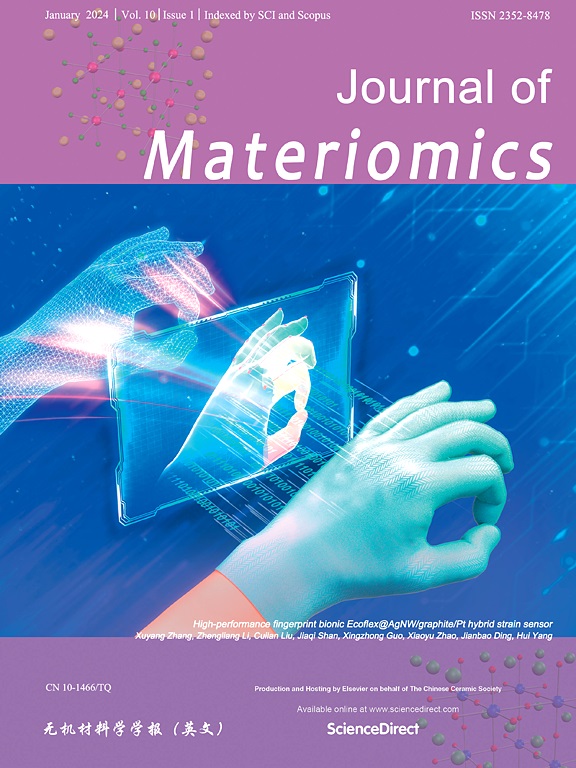Friction constructing a capacity-compensation interlayer enabled the stable lithium metal batteries
IF 9.6
1区 材料科学
Q1 CHEMISTRY, PHYSICAL
引用次数: 0
Abstract
The high-energy-density lithium metal batteries (LMBs) is expected to drive the development of the low-altitude economy and electro vehicles. Nevertheless, the practical application of lithium anodes is hampered by well-known issues of unstable interfacial electrochemistry. For the cathode materials with or without Li in the lithium metal batteries, the mechanisms and problems faced on the interfacial stabilization regulation of the Li anodes are different. Herein, based on in-depth consideration of lithium-free cathode (S) and lithium-containing cathode (NCM811) systems, respectively, we present a friction coating strategy to create an interlayer on the lithium foil anodes (LS@Li and LSe@Li) and lithium boron alloy anodes (LS@LiB and LSe@LiB), which can compensate for sulfur loss and achieve dendrite-free lithium plating. Deeply discuss and reveal the differences of interfacial electrodeposition of LS and LSe interlayers based on the interfacial capacitance. By using this modified interface layer design, we have achieved simultaneous improvement in the performance of both Li||S batteries and Li||NCM811 batteries (lifespan increased by 1.3 times and capacity increased by 1.8 times for Li||S as well as lifespan increased by 2.8 times for Li||NCM811). This strategy forms a stable interlayer based on incomplete mechanochemical reactions, which paves a new way for high-energy-density LMBs.

摩擦形成容量补偿夹层,使锂金属电池稳定
高能量密度锂金属电池有望推动低空经济和电动汽车的发展。然而,锂阳极的实际应用受到众所周知的界面电化学不稳定问题的阻碍。对于锂金属电池中含锂和不含锂的正极材料,锂阳极的界面稳定调节机制和面临的问题不同。本文在深入研究无锂阴极(S)和含锂阴极(NCM811)体系的基础上,提出了一种摩擦涂层策略,在锂箔阳极(LS@Li和LSe@Li)和硼锂合金阳极(LS@LiB和LSe@LiB)上形成一层夹层,可以补偿硫的损失,实现无枝晶镀锂。从界面电容的角度,深入讨论并揭示了LS和LSe夹层界面电沉积的差异。通过改进的接口层设计,我们实现了Li||S电池和Li||NCM811电池的性能同时提高(Li||S电池寿命提高1.3倍,容量提高1.8倍,Li||NCM811电池寿命提高2.8倍)。该策略在不完全力学化学反应的基础上形成了稳定的中间层,为高能量密度lmb的制备开辟了新途径。
本文章由计算机程序翻译,如有差异,请以英文原文为准。
求助全文
约1分钟内获得全文
求助全文
来源期刊

Journal of Materiomics
Materials Science-Metals and Alloys
CiteScore
14.30
自引率
6.40%
发文量
331
审稿时长
37 days
期刊介绍:
The Journal of Materiomics is a peer-reviewed open-access journal that aims to serve as a forum for the continuous dissemination of research within the field of materials science. It particularly emphasizes systematic studies on the relationships between composition, processing, structure, property, and performance of advanced materials. The journal is supported by the Chinese Ceramic Society and is indexed in SCIE and Scopus. It is commonly referred to as J Materiomics.
 求助内容:
求助内容: 应助结果提醒方式:
应助结果提醒方式:


